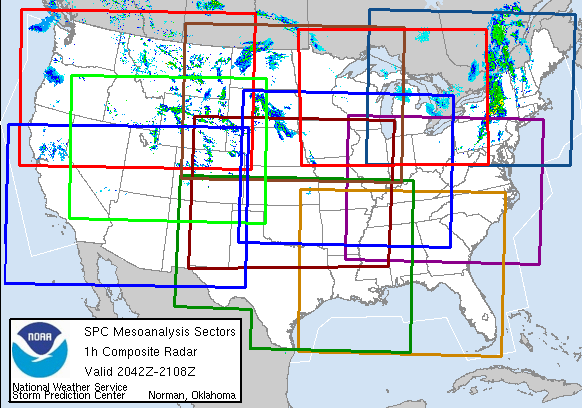Archive for March, 2019
Pandemics: Reusability of Facemasks
Sunday, March 17th, 2019Institute of Medicine 2006. Reusability of Facemasks During an Influenza
Pandemic: Facing the Flu. Washington, DC: The National Academies Press.
https://doi.org/10.17226/11637.
“…….First, of the forms of respiratory protection the committee was asked to
consider, N95 filtering facepiece respirators that are certified by the National
Institute for Occupational Safety and Health (NIOSH) and properly
fit-tested are likely to provide the best protection against influenza to the
extent that it may be spread via an airborne route. Similarly, a closely fitting
high-efficiency medical mask is likely to provide appropriate protection
against droplets, whereas a surgical N95 will provide protection against
both droplets and aerosols. While recognizing the methodological and data
limitations regarding the efficacy of medical masks as a form of respiratory
protection against avian influenza, and in the absence of data to the contrary,
the committee concluded that masks are likely to provide far less
protection against aerosols than an N95 filtering facepiece but may offer
better protection than cotton masks, homemade alternatives such as handkerchiefs
and scarves, or no protection at all. No device is fail-safe, and its
effectiveness depends on fit, level of exposures, and appropriate use. Finally,
none of these devices protects against contact transmission, and appropriate
hand hygiene is necessary when using and after removing these devices…..”
Maternal and neonatal mortality is high in Africa. Why?
Saturday, March 16th, 2019-
- et al.
“…….Findings
A review: Dromedary camels as the main reservoir for human Middle East respiratory syndrome (MERS) infections.
Saturday, March 16th, 2019Sikkema, R., Farag, E., Islam, M., Atta, M., Reusken, C., Al-Hajri, M., & Koopmans, M. (2019). Global status of Middle East respiratory syndrome coronavirus in dromedary camels: A systematic review. Epidemiology and Infection, 147, E84. doi:10.1017/S095026881800345X
“…..In general, camels only show minor clinical signs of disease after being infected with MERS-CoV. Serological evidence of MERS-CoV in camels has been found in 20 countries, with molecular evidence for virus circulation in 13 countries. The seroprevalence of MERS-CoV antibodies increases with age in camels, while the prevalence of viral shedding as determined by MERS-CoV RNA detection in nasal swabs decreases. In several studies, camels that were sampled at animal markets or quarantine facilities were seropositive more often than camels at farms as well as imported camels vs. locally bred camels. Some studies show a relatively higher seroprevalence and viral detection during the cooler winter months. …..”
NZ: 49 dead and 20 seriously wounded
Friday, March 15th, 2019https://www.youtube.com/watch?v=hSjcZW0kBkI
https://www.youtube.com/watch?v=ThvzoLZxqmM
Costa Rica: Going “Green”
Friday, March 15th, 2019“……Costa Rica’s green bid, though fraught with challenges, has a head start. Electricity comes largely from renewable sources already — chiefly hydropower, but also wind, solar and geothermal energy. The country has doubled its forest cover in the last 30 years, after decades of deforestation, so that half of its land surface is now covered with trees. ……”
https://www.youtube.com/watch?v=65M4Dlvx-r0
‘Multiple fatalities’ as gunmen open fire in two mosques in New Zealand’s Christchurch
Friday, March 15th, 2019At least 5 students were killed and another 9 wounded in Brazil on Wednesday when two assailants, both former students, broke into a school and opened fire
Thursday, March 14th, 2019Nigeria: A three-story building housing apartments and a primary and nursery school collapses with at least 8 dead and many more missing
Thursday, March 14th, 2019Saudi Arabia: 102 cases since the first of the year, of which 57 are linked to the outbreak in Wadi ad-Dawasir, most of which are linked to healthcare exposure, with some related to contact with camels.
Wednesday, March 13th, 2019Health Events: Epi-week 11, 2019 112019
Date التاريخ
Event# رقم الحدث
Description
الوصف
10/03/2019 19-1874
MERS in Hafr Albatin city: 47-year-old male in Hafr Albatin city, Hafr Albatin region Contact with camels: Yes Case classification: Secondary Current status: Active
47
10/03/2019 19-1875
MERS in Khamees Meshait city: 64-year-old female in Khamees Meshait city, Aseer region Contact with camels: No Case classification: Secondary Current status: Active
64
11/03/2019 19-1876
MERS in Wadi Aldwasir city: 60-year-old male in Wadi Aldwasir city, Riyadh region Contact with camels: No Case classification: Secondary Current status: Active




